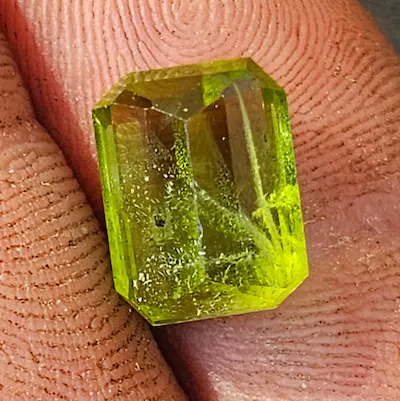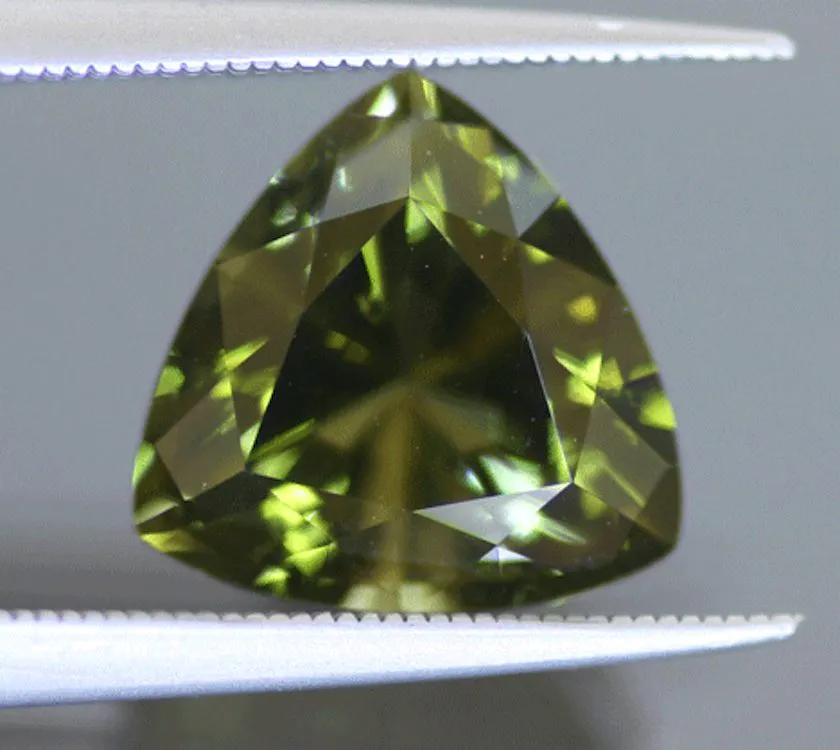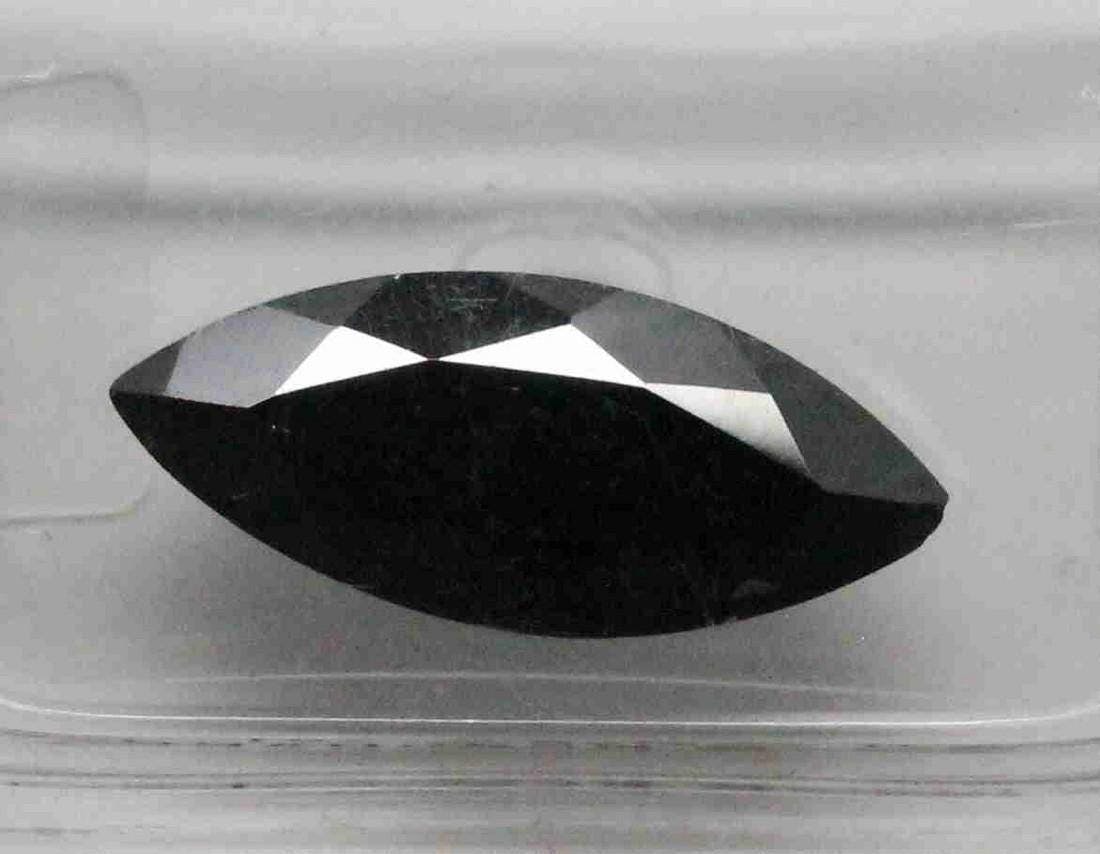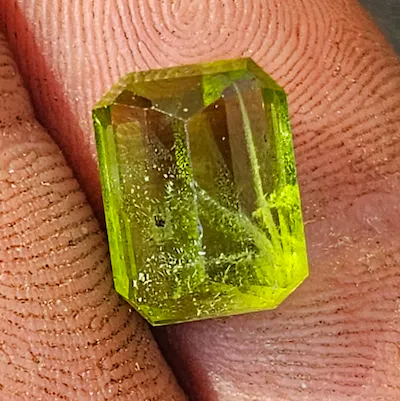News
What are the Best Rough Sapphire Stones?
Are you in search of the best rough sapphire stones? Look no further! The International Gem Society has got you covered. Whether you’re interested in blue sapphires or fancy colored ones, this article will provide you with valuable insights. Discover where the highest quality stones come from and learn about the challenges of faceting them. Plus, get expert tips on how to bring out the best color and sparkle in your sapphire stones. Don’t miss out on this informative guide that will help you find the perfect rough sapphire for your collection.

Blue Sapphires
Steely rough sapphire stones from Montana
When it comes to blue sapphires, rough stones from Montana are known for their “steely” appearance, with a gray undertone. These stones tend to be less expensive compared to other blue sapphires, as their value primarily lies in the purity of their color. While the term “cornflower blue” is often used to describe blue sapphires, it is subjective and can be confusing for those unfamiliar with it. To give you a better idea, it can be described as the deepest blue found in a clear sky. This particular shade is highly valued in sapphires, and lighter stones tend to lose value quickly, while deeper blues retain their value. Deep, royal blue gems are especially valuable, as long as they do not become too dark. South and southeast Asia are generally known for producing the best blue rough sapphire stones, although Africa also produces high-quality options.
The value of cornflower blue sapphires
As mentioned earlier, the term “cornflower blue” is often used to describe blue sapphires, but it can be misleading if you are not familiar with it. This color is highly valued in sapphires and is often considered the most desirable shade. The consistency and intensity of the color are important factors in determining the value of blue sapphires. The purity of the color also plays a significant role, with deep royal blue being particularly prized. The value of blue sapphires is affected by various factors, including color consistency, color intensity, and any zoning present in the stone.
Best blue rough sapphire stones from south and southeast Asia
When it comes to blue sapphires, the best rough stones are generally sourced from south and southeast Asia. These regions have a long history of producing high-quality blue sapphires with intense and consistent color. However, it’s worth noting that blue sapphires from Africa can also be of excellent quality. Each region has its own unique characteristics and traits when it comes to blue sapphire production, so it’s a matter of personal preference and finding the right stone for your needs.
High-quality blue sapphires from Africa
While south and southeast Asia are well-known sources for high-quality blue sapphires, Africa should not be overlooked. The African continent has its own share of exceptional blue sapphire deposits, with stones that can rival those from other regions. It’s important to consider all available options and explore stones from different regions to find the perfect blue sapphire that suits your preferences and needs.
Fancy Colored Sapphires
No standout location for fancy colored sapphires
Unlike blue sapphires, there is no standout location for fancy colored sapphires. These sapphires come in a wide range of colors, and personal preference plays a significant role in determining their value. Fancy colored sapphires include shades such as pink, yellow, green, and purple, among others. The value of these stones is highly subjective and depends on individual taste and preferences.
Value of fancy colored sapphires based on personal preference
When it comes to fancy colored sapphires, the value is subjective and based on personal preference. Each individual has their own preferences when it comes to color, and what may be valuable to one person may not be to another. The beauty of fancy colored sapphires lies in their diversity and the variety of colors they come in. Whether you prefer vivid pinks, vibrant yellows, or deep greens, there is a fancy colored sapphire that can suit your unique taste and style.
Exception of hot pink sapphire
While personal preference plays a significant role in determining the value of fancy colored sapphires, there is one exception: hot pink sapphires. These sapphires, with their intense and vibrant pink color, are in high demand and command a higher value compared to other fancy colored sapphires. The rarity and desirability of hot pink sapphires make them highly sought after by collectors and enthusiasts alike.
Dichroism and Color Zoning in Rough Sapphire
Inconsistent color in blue sapphires
One challenge that comes with blue sapphires is the inconsistency of color within the stones. Blue sapphires often exhibit dichroism, which means that they display different colors when viewed from different angles. This can result in variations in color throughout the stone and require careful consideration when it comes to faceting and cutting.
Common dichroism in blue sapphires
Dichroism is a common characteristic of blue sapphires. It refers to the presence of different colors when the stone is viewed from different angles. In the case of blue sapphires, one direction may appear blue, while another direction may appear green. This is an important factor to consider when working with blue sapphires, as the final faceted stone must be oriented to showcase the desired color.
Unintentional color zoning in most sapphire stones
Another challenge that often arises when working with sapphires is unintentional color zoning. This refers to variations in color distribution within the stone, which can result in uneven color patterns or patches. Color zoning is a natural occurrence in most sapphire stones and must be taken into account during faceting and cutting to ensure the best color distribution and overall appearance of the stone.
Accounting for dichroism and zoning in faceting
To overcome the challenges presented by dichroism and color zoning in sapphires, experienced faceters must carefully consider the orientation of the rough stone and adjust the faceting process accordingly. The goal is to maximize the color distribution and minimize the impact of any unintentional zoning. This requires skill and expertise in working with sapphires to achieve the desired result of a beautifully faceted stone with consistent color and maximum sparkle.
Faceting Challenges for Valuable Blues
Faceting challenges for valuable blue sapphires
Valuable blue sapphires come with their own set of faceting challenges. The goal is to bring out the best color and maximize the overall appearance of the stone. This can be particularly challenging when working with deep blue sapphires, as their intense color can absorb light and make the stone appear dull. Achieving the ideal balance between color, transparency, and sparkle is essential when faceting valuable blue sapphires.
Lighter and deeper blues in sapphire color value
When it comes to the value of blue sapphires, the color is a crucial factor. Lighter blues tend to have less value compared to deeper blues. The ideal shade is a deep royal blue, which is highly valued. However, it’s important to note that there is a limit to how dark a blue sapphire can become before it loses its value. Finding the right balance between color intensity and translucency is key when working with valuable blue sapphires.
Importance of color consistency and zoning
Color consistency and zoning are important factors to consider when faceting valuable blue sapphires. Maintaining a consistent color throughout the stone enhances its overall beauty and value. Minimizing unintentional zoning ensures that the color is evenly distributed and visually appealing. It requires careful planning and expertise to achieve the desired result and bring out the full potential of valuable blue sapphires.

Best Sources for Rough Sapphire Stones
Montana as a source of steely blue sapphires
When it comes to sourcing rough sapphire stones, Montana is known for its steely blue sapphires. These stones have a gray undertone and are often less expensive compared to other blue sapphires. However, their value lies in the purity of their color. Montana has a rich deposit of sapphires and is a popular source for those seeking blue sapphire stones with a unique and distinctive appearance.
South and southeast Asia for high-quality blue sapphires
For those looking for high-quality blue sapphires, south and southeast Asia are the best sources. These regions have a long history of producing blue sapphires with intense and consistent color. The craftsmanship and expertise in cutting and faceting blue sapphires from these areas are highly regarded in the gem industry. Choosing rough sapphire stones from south and southeast Asia ensures access to some of the best blue sapphires available.
Africa as a source of high-quality blue sapphires
In addition to Montana and south/southeast Asia, Africa is also a notable source of high-quality blue sapphires. The continent has its own share of exceptional sapphire deposits, with stones that rival those from other regions in terms of quality and beauty. Exploring the African market can lead to the discovery of unique and remarkable blue sapphire stones for your jewelry or collection.
No standout location for fancy colored sapphires
Unlike blue sapphires, there is no standout location for sourcing fancy colored sapphires. These sapphires come in a wide range of colors, and their availability is not limited to specific regions. Fancy colored sapphires can be found worldwide, and the choice of color is often a matter of personal preference. Whether you’re looking for pink, yellow, green, or any other fancy colored sapphire, there are numerous sources to explore in your search for the perfect stone.
Value Factors for Blue Rough Sapphire Stones
Color consistency and intensity in blue sapphires
Color consistency and intensity are crucial factors when determining the value of blue rough sapphire stones. Consistency refers to the even distribution of color throughout the stone, without any variations or patches. Intensity refers to the depth and saturation of the color, with deeper and more intense blues often being more valuable. When considering blue sapphires for their value, it’s important to assess the color consistency and intensity to ensure the highest quality.
Purity of color in blue sapphires
The purity of color is another important value factor in blue sapphires. This refers to the absence of any secondary hues or undertones that may affect the overall appearance of the stone. Blue sapphires with a pure, true blue color are highly desirable and command a higher value compared to those with secondary hues. When evaluating the value of blue rough sapphire stones, it’s essential to consider the purity of color to determine their quality and worth.
Importance of deep royal blue color
Deep royal blue is considered the most valuable color in blue sapphires. This rich and intense shade of blue is highly sought after by collectors and enthusiasts. The depth and richness of the color can greatly impact the value of blue sapphires, with deeper blues often being more valuable. However, it’s important to find the right balance, as there is a limit to how dark a blue sapphire can become before it loses its value. Achieving the ideal deep royal blue color is a key factor in determining the value of blue rough sapphire stones.
Factors affecting value of blue sapphires
Several factors can affect the value of blue sapphires. In addition to color consistency, intensity, and purity, factors such as clarity, cut, and carat weight can also play a role in determining the value of blue sapphires. Clarity refers to the presence of any inclusions or flaws within the stone, with higher clarity typically resulting in a higher value. Cut refers to the quality of the faceting and the overall craftsmanship of the stone, while carat weight relates to the size and weight of the sapphire. All these factors come together to determine the value of blue sapphires and should be considered when evaluating their worth.
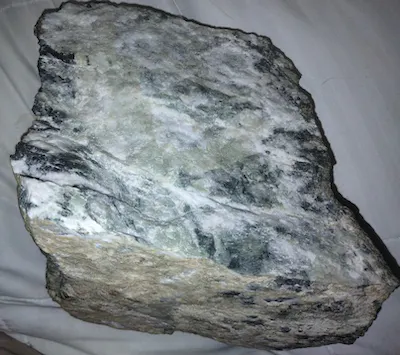
Popular Colors for Fancy Colored Sapphire Stones
Various shades of fancy colored sapphires
Fancy colored sapphires come in a wide range of shades and colors, making them highly versatile and appealing to a diverse range of tastes. From pinks and yellows to greens and purples, there is a vast array of options to choose from when it comes to fancy colored sapphire stones. Whether you prefer a soft pastel shade or a bold and vibrant hue, there is a fancy colored sapphire that can capture your unique style and preferences.
Personal preference as a value determinant
The value of fancy colored sapphire stones is highly subjective and often based on personal preference. What one person finds valuable or desirable may not necessarily be the same for someone else. Personal taste, style, and individual preferences play a significant role in determining the value of fancy colored sapphires. The beauty of these stones lies in their diversity and the freedom to choose a color that resonates with you and speaks to your personal aesthetic.
Exception of hot pink sapphires
While personal preference is a key factor in determining the value of fancy colored sapphires, there is one exception: hot pink sapphires. These sapphires, with their vibrant and intense pink color, are in high demand and command a higher value compared to other fancy colored sapphires. The rarity and desirability of hot pink sapphires make them highly sought after by collectors and enthusiasts alike. Their unique and captivating color sets them apart from other fancy colored sapphires and makes them a standout choice.
Tips for Faceting Blue Sapphire Stones
Adjusting for dichroism in blue sapphires
Dichroism is a common characteristic of blue sapphires, and it presents a challenge when it comes to faceting these stones. To achieve the best color and appearance, faceters must adjust their techniques to account for dichroism. This involves carefully orienting the rough sapphire stone to showcase the desired color and ensuring that the faceted stone displays the optimal color when viewed from different angles. Working with dichroic blue sapphires requires experience and expertise to achieve the desired result.
Accounting for unintentional color zoning
Unintentional color zoning is another factor to consider when faceting blue sapphire stones. This refers to variations in color distribution within the stone, which can result in uneven color patches or patterns. To achieve the best color consistency, faceters must carefully map out the zoning and adjust their cutting and faceting techniques accordingly. This ensures that the final faceted stone displays an even and visually appealing color distribution.
Experience required for adjusting faceting for sapphires
Faceting blue sapphire stones requires a certain level of experience and expertise to achieve the desired result. Adjusting for dichroism, color zoning, and other characteristics unique to blue sapphires can be challenging, especially when working with valuable stones. It’s important to seek out experienced and skilled faceters who have a deep understanding of blue sapphires and can bring out their full potential through expert cutting and faceting techniques.
Maximizing color and sparkle in blue sapphires
The ultimate goal when faceting blue sapphire stones is to maximize their color and sparkle. This involves careful planning and execution to bring out the best attributes of the stone. A well-cut and faceted blue sapphire should showcase its color consistently throughout the stone, with optimal transparency and brilliance. Achieving the perfect balance between color, transparency, and sparkle requires precision and skill to create a truly stunning blue sapphire gem.
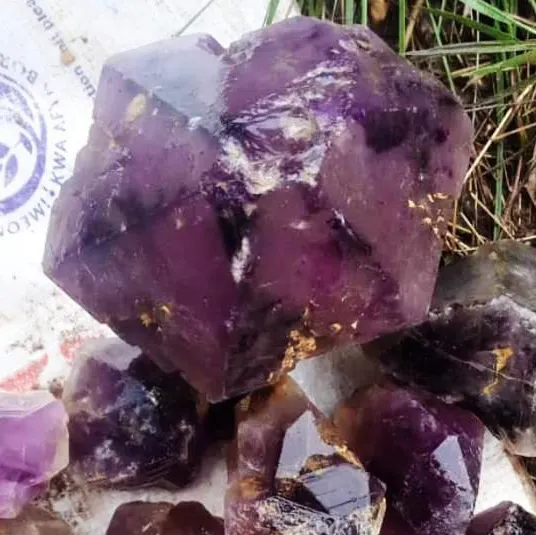
Varieties of Corundum: Sapphire and Ruby
Introduction to corundum as the basis for sapphire and ruby
Sapphire and ruby are both varieties of corundum, a mineral composed of aluminum oxide. Corundum is a durable and hard material, second only to diamond in terms of hardness. It is the presence of certain impurities and trace elements that give corundum its various colors and differentiate it into sapphire and ruby. While both sapphires and rubies are chemically identical, their distinct colors and properties make them unique and highly sought after in the world of gemstones.
Trace of chromium creating ruby red color
The presence of chromium is what gives rubies their classic red color. Just a trace amount of chromium can cause a vibrant red hue in corundum, transforming it into a precious ruby. The intensity and shade of red can vary, with some rubies displaying a deep red color, while others may have a more pinkish hue. The presence of chromium and its precise concentration within the corundum crystal play a significant role in determining the ruby’s color and value.
Color zoning in developing sapphire crystals
Natural gemstones often develop in a non-continuous manner, resulting in color zoning. This means that the crystals may have distinct layers or sections with different colors. Color zoning occurs when different elements or impurities enter the chemical mix of a developing gemstone crystal, creating variations in color throughout the crystal. In the case of developing sapphires, color zoning can result in part-sapphire and part-ruby crystals, with sections displaying different colors within the same stone. This unique phenomenon adds character and uniqueness to sapphires.
Formation of part-sapphire and part-ruby crystals
As mentioned earlier, color zoning can lead to the formation of part-sapphire and part-ruby crystals. This occurs when a fracture in the Earth’s surface introduces new elements into the developing gemstone crystal. If the fracture is re-sealed and the new chemical mix is slightly different, the crystal continues to grow with distinct layers of different colors. The result is a gemstone with zones of sapphire and ruby, displaying a mesmerizing blend of colors within the same stone. These part-sapphire and part-ruby crystals are rare and highly valued for their unique and captivating appearance.
Conclusion
In conclusion, the world of sapphires is diverse and captivating, with a wide range of colors and characteristics to explore. Blue sapphires, in particular, come in various shades and offer their own set of challenges when it comes to faceting. The value of blue sapphires is determined by factors such as color consistency, intensity, and purity, with deep royal blue being highly prized. Montana, south and southeast Asia, and Africa are all notable sources for rough sapphire stones, each with its own unique qualities and appeal. Fancy colored sapphires, on the other hand, offer a wide range of colors and personal preferences play a significant role in determining their value. Dichroism and color zoning are common in blue sapphires and must be considered during the faceting process. Expertise and experience are required to bring out the best attributes of blue sapphires and achieve the optimal balance between color, transparency, and sparkle. With their unique colors and characteristics, sapphires and rubies, both varieties of corundum, continue to captivate and enchant gem enthusiasts worldwide. Whether you’re searching for a blue sapphire with the perfect shade or a fancy colored sapphire that reflects your personal style, the world of sapphires has something to offer for everyone.
